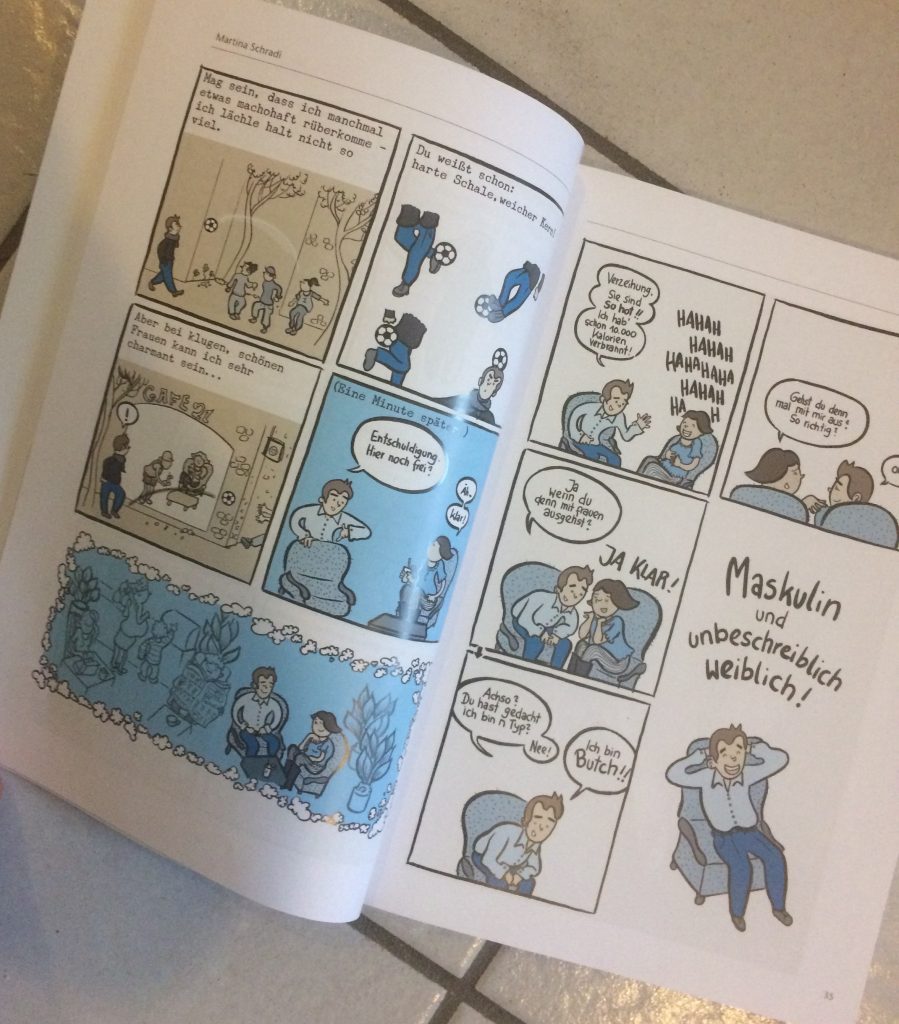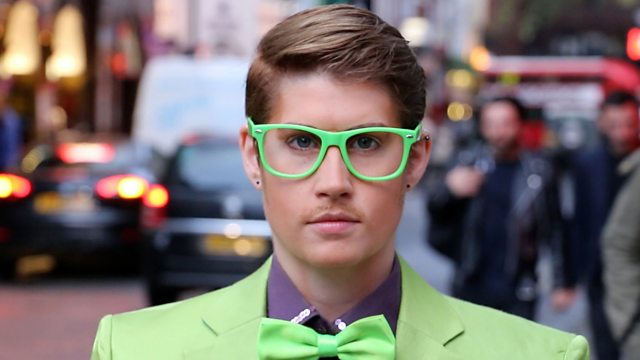

“If a woman is a tomboy or is proud and vocal, people feel uncomfortable.”ĭoing drag was a precocious move for Mohanta, who was born in the small town of Sodepur, outside of Kolkata. Often, also objectified and hypersexualized.” Women who embrace masculinity are looked at as a threat, she said. “Drag queens are more popular because femininity in the entertainment industry has always been really celebrated. Mohanta reasons that society is generally been more accepting of femininity as spectacle.

The Desi Drag Kings continue India’s tradition of gender-bending performance, though outside of the world of traditional film and theatre at niche LGBT clubs. “Female impersonation continued well into the 1930s on the stages of western India, whereas in Bengal, actresses replaced boys and men in the 1870s,” wrote University of Texas history professor Kathryn Hansen.

There have also been accounts of Indian actresses performing male roles. In 1913, Anna Hari Salunke became the first female impersonator in Indian cinema, starring in the country’s first full-length feature film, Raja Harishchandra. In colonial India, some male actors played female parts, since women were not allowed to act on stage or in films because it reflected poorly on their moral character. However, in the Indian pantheon of gods and goddesses, Ardhanarishvara is an androgynous Hindu deity who is half-male (god Shiva) and half-female (goddess Parvati). In India, drag is often considered to be a cheap source of entertainment, since queer and non-binary individuals still face severe criticism and are not accepted in certain parts of society.

It would be obvious, then, why conversations around drag rarely exist. 6, 2018 that the country, in a landmark move, decriminalized same-sex relationships. India has had an abraded history in relation to LGBTQ rights, where homosexuality is still frowned upon. There is a powerful twofold rebelliousness at play in Desis’ dress, one which bends gender and challenges the notion of clothing that is universally associated with kings. Desi means indigenous in the Indian language and while drag kings are commonly associated with multi-hued tuxedos, poppy bowties, and shiny shoes, the Indian kings strut in dhotis (an unstitched men’s garment knotted at the waist), kurtas (knee-length shirts), turbans (headwear), and juttis (footwear). Mohanta established Desi Drag Kings in June 2018, a home-grown tribe of women who are putting an Indian spin on drag in photoshoots and, occasionally, on stage.


 0 kommentar(er)
0 kommentar(er)
